For many years, Chef Rob Rossi’s dream was to open an Italian restaurant with a focus on central Italian cuisine. After closing his first restaurant, Rossi joined forces with his now partner and Molisano paesano David Minicucci to bring Giulietta to the western edge of Toronto’s Little Italy. The chic Italian eatery turns five this year and has since received accolades from Canada’s 100 Best for Best New Restaurant Design and the Pentola d’Oro Award from ICCO Canada in 2021. Fast forward to today, the two restaurateurs now also own Osteria Giulia, a Michelin Star-awarded restaurant in Toronto’s very first Michelin Guide.
We chatted with Chef Rob Rossi to learn all about Osteria Giulia’s seafood-forward Ligurian cuisine, Giulietta’s immersive chef’s bar experience and his time on Top Chef Canada. Scroll down to read the full discussion.
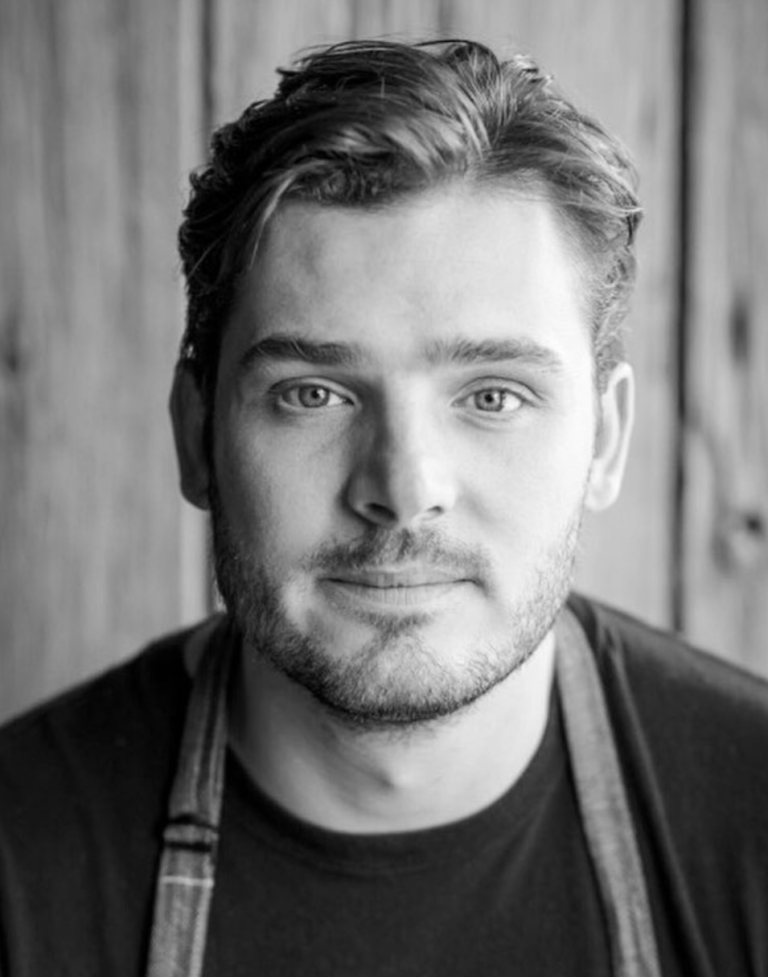
How has your family heritage influenced your Italian style of cooking? Are there any unique family traditions incorporated into your recipes?
My father was from Molise and it’s his side of the family where I learned to cook. I don’t really have any recipes that I use from my family’s cooking, it’s more of the heritage aspect of it for me. When I was younger, we ate so many incredible things but a lot of the cooking my family did was a kind of country and rustic cuisine. Not to say that it doesn’t fit in the restaurants, but it’s the methods of cooking and the heart and soul that you put into it which I think makes Italian food really special.
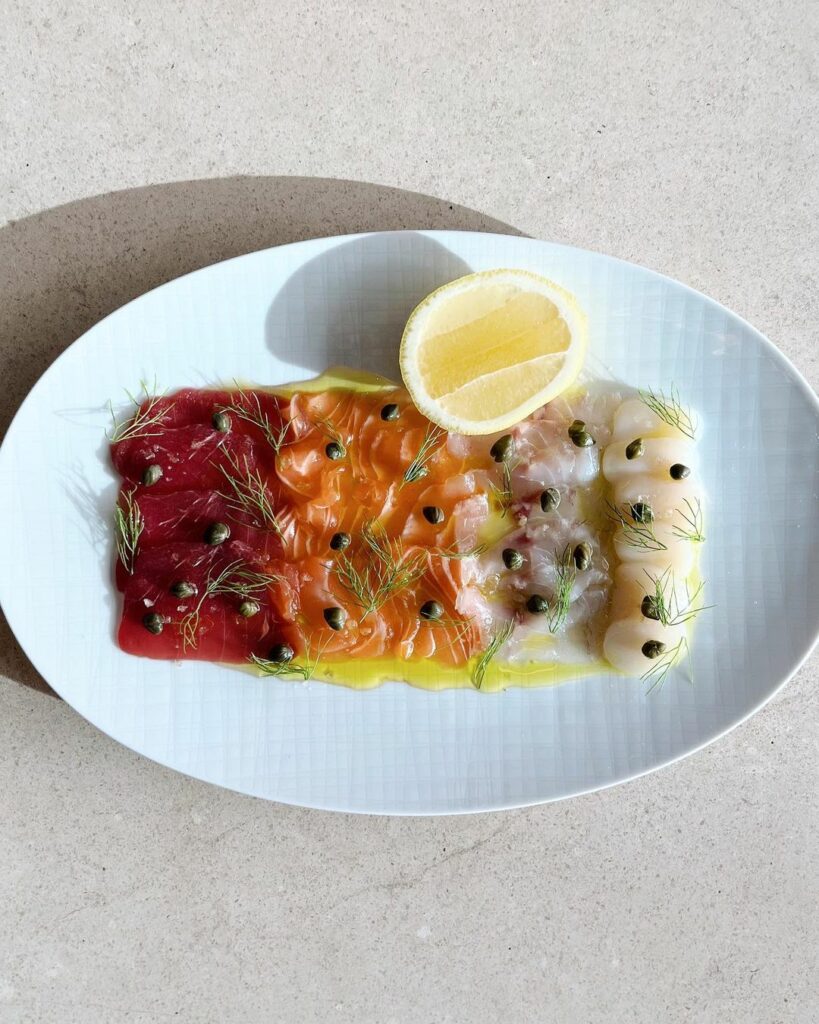
What inspired the opening of your restaurants Giulietta and Osteria Giulia?
I had always wanted to open an Italian restaurant and now Giulietta is turning five in April. It feels like it’s been there for 20 years but really, it’s coming on five. What inspired my partner [David Minicucci] and I to open Giulietta is our shared upbringing because his family is from Molise as well. He had an Italian restaurant and I had more of a tavern and we said one day we should just close down our first restaurants and turn them both into Italian restaurants.
Whenever you’re doing business and you’re theorizing certain ideas, it takes a long time for them to materialize. Opening up a restaurant is not a simple thing to do but we set forth on a journey to create two very special Italian restaurants and Giulietta was really based on a central Italian concept.
Travelling to Rome was a big inspiration for the restaurant hence the cacio e pepe which is such a popular pasta there as it embodies Roman cuisine. Both restaurants are really unique in their own right. Giulietta is definitely always special to me because I’ve been in that building for quite some time and I’ve seen the evolution. 972 College was a convenience store and prior to that, it used to be a food market and even one of the original IGA grocery stores, so the building has some history to it. As soon as you walk through the front doors, you’re transported to somewhere completely different and that’s where the food and the wine program comes in because it just blows it right over the top.
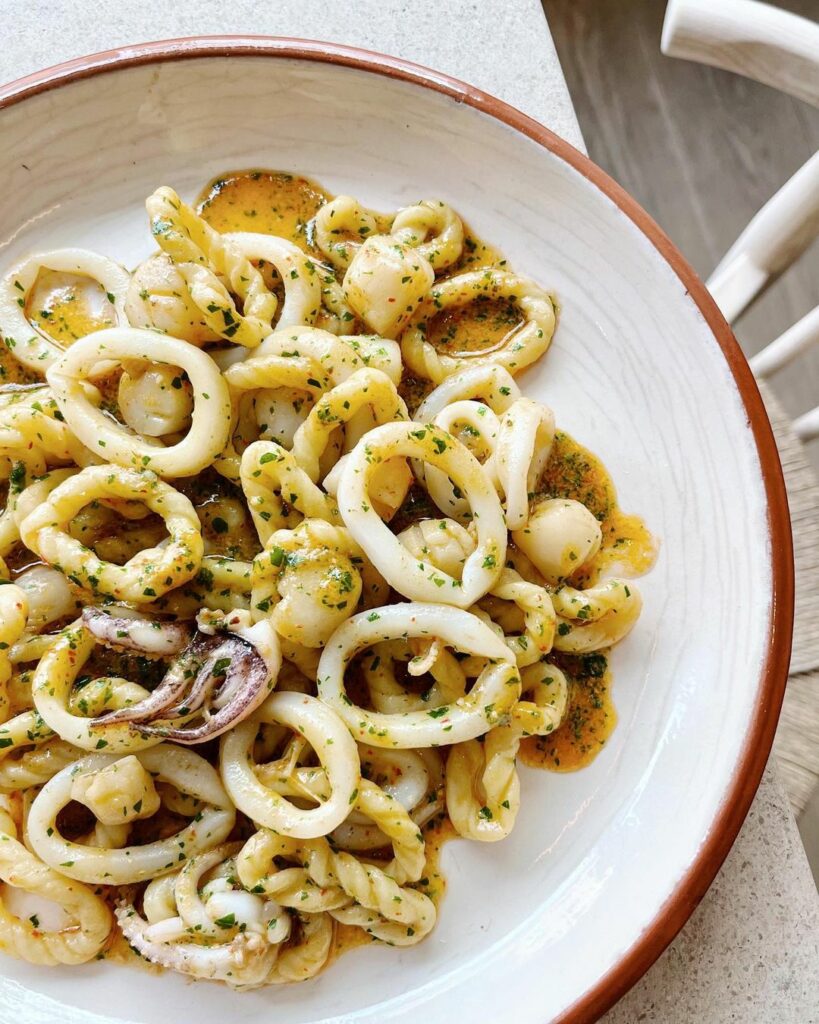
Osteria Giulia was recently awarded a Michelin Star. What did this achievement mean to you?
When my partner and I try to do something, whether it’s a restaurant, menu or function, we always want it to be special and different. I feel like a lot of the Italian restaurants in the city sort of follow the same mantra, it’s always about the iconic dishes. When we thought of the idea of Osteria Giulia, I had said I would love to have a Northern Italian restaurant but I didn’t want to have a restaurant based on all the same things that everyone recognizes as Northern Italian. I had never seen a restaurant based on the Italian Riviera, and when you think of the Riviera, it’s very opulent, you think of Monaco and all these beautiful places, but you don’t really think of Liguria. This is the real Italian Riviera, the food is vibrant, very fresh and seafood-focused. I think we’re the only Ligurian restaurant in Canada and our plan was to come up with a really cool Northern Italian concept that was sunny, fresh and bright unlike some of these mountainous cuisines.
When we got the Michelin Star, we were super excited because our plan was to create something special, different and unique and I think we really did it. I was extremely proud of the team because as much as David and I come up with all these fantastic ideas, like the menus and the direction of the wine and food programs, you still need a good staff to do it. We were kind of beside ourselves because I didn’t actually think we were going to get a star since we didn’t open up the restaurant with the intention of accolades. We opened up restaurants with the intention of making people happy because the accolades come once, but people come all the time. If you talk to anyone that’s been to Giulietta or Osteria Giulia, I usually come to your table and I talk to the guests to make it special because these are the people that allow me to even do what we do, and without them we have nothing.
What is your favourite dish on Osteria Giulia’s menu right now and why?
There are a couple of different dishes that I just absolutely love but one of them that comes to mind is the focaccia di Recco because it’s something so unique. When I say focaccia, I’m not speaking of the pillowy airy flatbread that you think of, it’s basically almost like a pizza. It’s got a bottom and top crust and the inside is filled with stracchino cheese or crescenza, as they call it, olive oil, sea salt, and it’s baked to order. It’s a yeastless dough so both sides are razor thin and it’s just such a unique thing to eat. There might only be a couple of places in Canada that actually make it, and it’s made in a copper tray and is very iconic of the Recco region where it was invented.
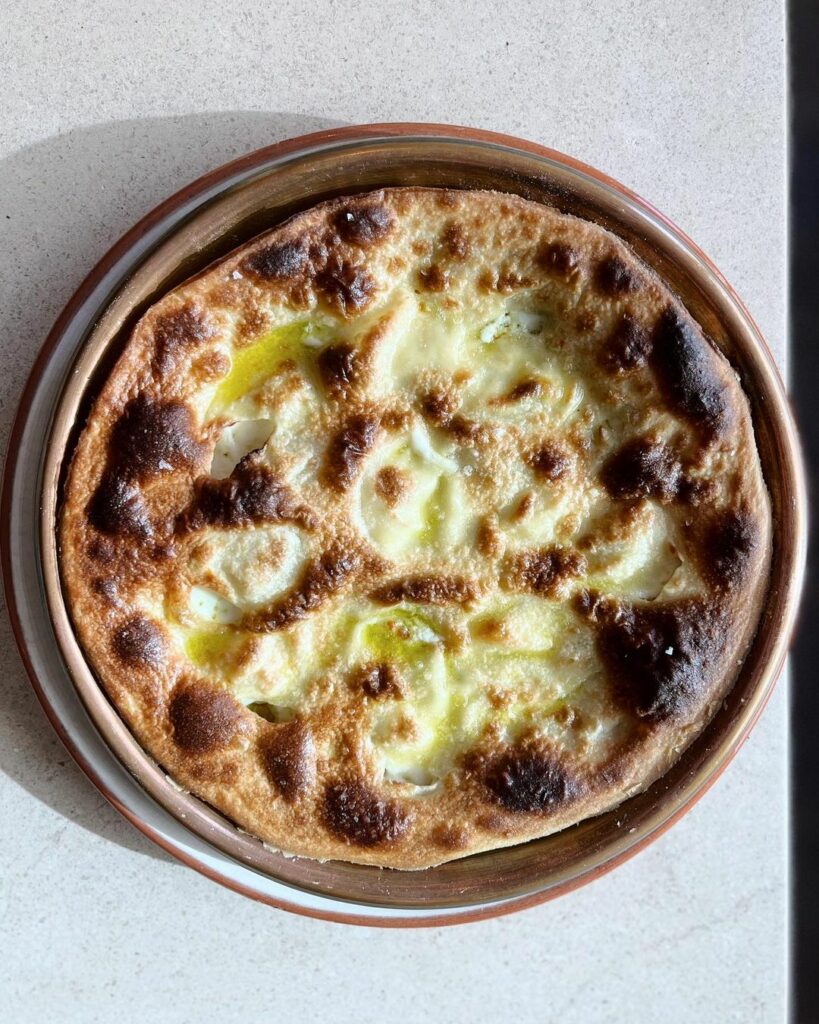
You appeared in season one of Top Chef Canada. What was the biggest thing you learned?
The biggest thing I learned at Top Chef Canada was that you have to be patient and cook truly from the heart. I feel like that’s why I always cook classic food. If you look at the two menus of the restaurants, all the dishes that I cook are based on classical dishes, because that’s what I did on the show. I reverted back to what I had learned when I was younger because I feel like classics were good yesterday, they’ll be good today and they’ll probably be good tomorrow. You also pay homage to the different regions in which these classics were invented, you pay homage to the food and you pay homage to the product, which is what cooking is all about.
Can you explain the importance of the chef’s bar at Giulietta?
The chef’s bar is always important at Giulietta because it’s sort of an immersive experience. When you sit down, you actually watch the chefs make the food. It does two things: one, you get a preview of the menu which is really cool because a lot of the time you sit down reading the menu descriptions and wonder what a dish looks like or you see dishes coming by the table and wonder what that is. But when you’re sitting there, the chefs are making these dishes and also talking to you. Two: you get to see how they make it, and three: you’re helped out in deciding what you’re going to eat for the night because you’re looking at the food.
This basically helps to lay it all out for you, like dinner and a show in a weird way. It also showcases how organized our kitchen is because we have nothing to hide, it’s all in front of you and there’s no smoke and mirrors. You’re watching us cook for 150 – 170 people in the night. Guests are always really surprised and thrilled that they learn something and you always learn something at the chef’s bar, and that’s a cool thing for me.
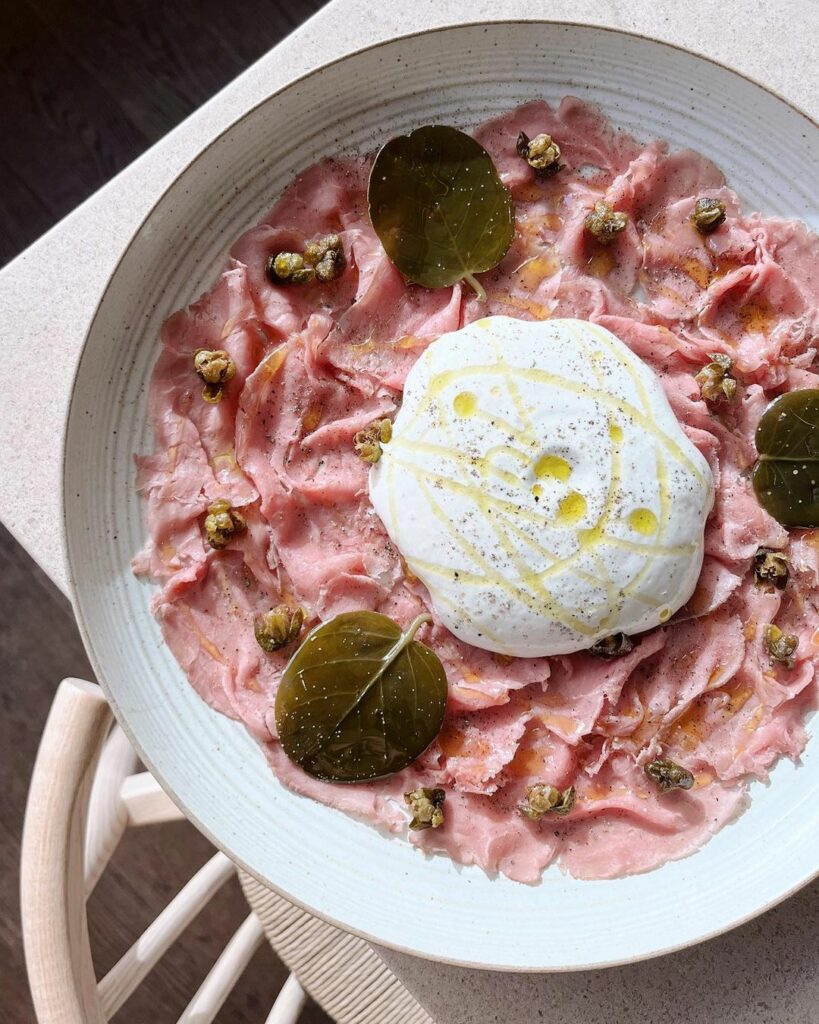
What DOP, DOC or IGP products are always in your pantry or fridge?
We have Parmigiano Reggiano always, always, always. Same with Prosciutto di Parma, really good burrata and not to mention olive oil. One of the things about sourcing these DOP, DOC and IGP products is that they are sort of a market of excellence. They have the badge on them so you know that you’re getting something really, really good. A lot of these products are also very versatile, they’re things that you can use all the time and they play significant roles in creating really good dishes.
Lastly, pappardelle, paccheri or penne?
I would have to say paccheri because one of the opening dishes we did at Giulietta was paccheri allo scoglio. It’s made with all the seafood, very light tomato, lots of olive oil, white wine, and a few herbs. Right now paccheri has even made its way onto Osteria Giulia’s menu. It’s sort of a staple that we do with braised beef cheeks alla Genovese, lots of onions, white wine, olive oil, butter, pecorino and rosemary. I love the texture too because when the two sides connect together, its mouthfeel and texture are incredible. I just love speaking of Italian food, I think it’s a very unique cuisine. It holds a lot more secrets than people think they know about it and that’s a really cool thing. There are so many avenues to go down and I can cook Italian till I retire and I’ll probably still learn more.



Add a comment